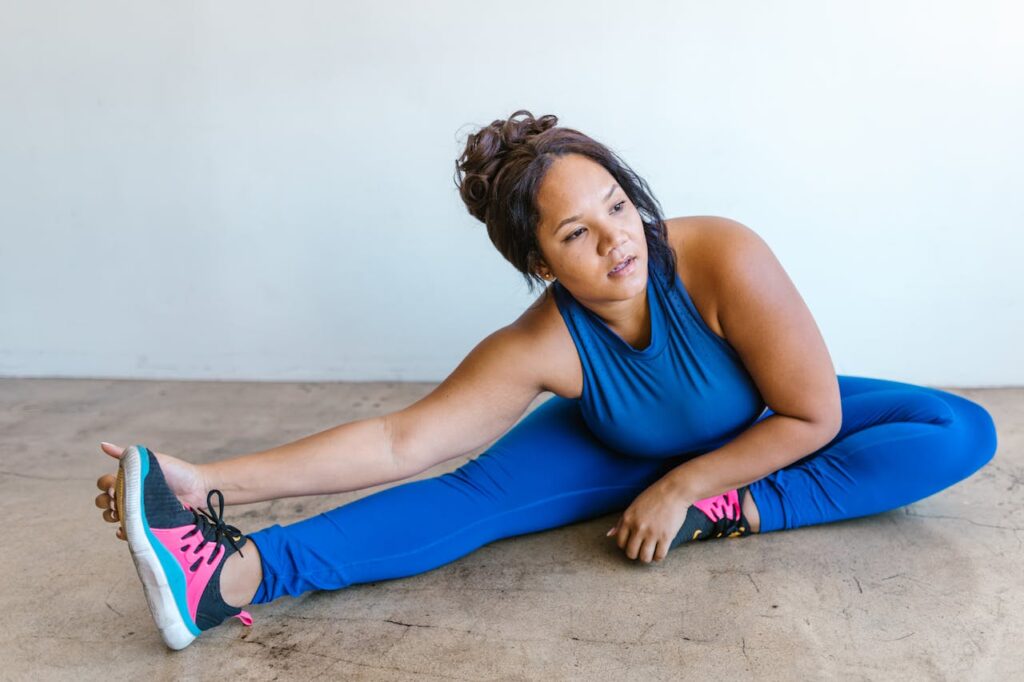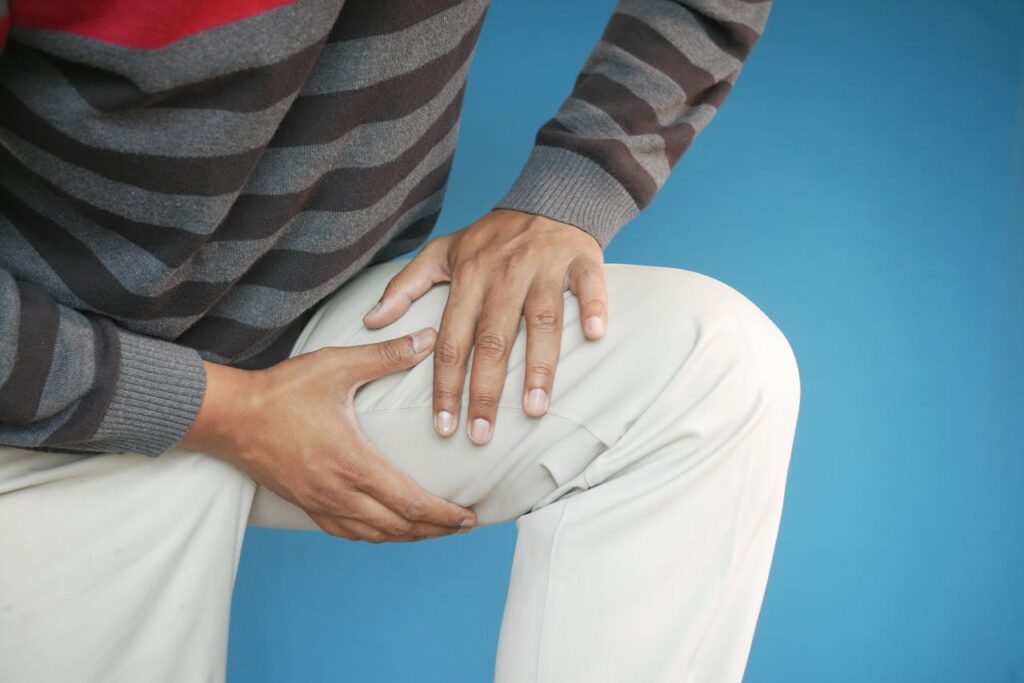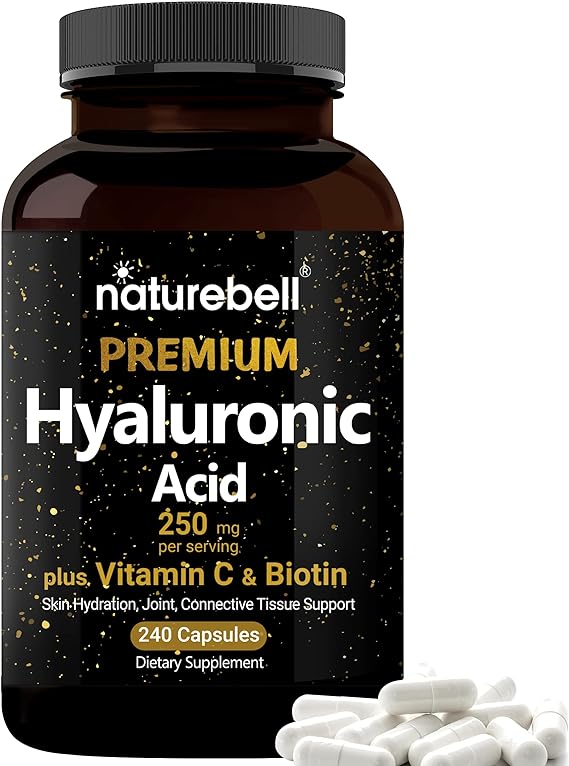
Searching for a life without pain, especially those dealing with joint issues. This guide covers 10 common joint problems and offers solutions. It helps readers improve their joint health and well-being.
It explains the causes of joint disorders like arthritis and gives tips on managing inflammation and stiffness. It also talks about how to repair cartilage. This article is a guide to a life free from joint pain and discomfort.
It’s for anyone facing joint problems, whether it’s
from osteoarthritis, rheumatoid arthritis, or other conditions. This guide gives you the insights and advice you need to get back to living an active, pain-free life.
Joint pain can really slow people down, no matter their age. It affects how well they live and what they can do every day. Let’s look into the different kinds of joint problems and what makes them more likely to happen.

Joint pain can really slow people down, no matter their age. It affects how well they live and what they can do every day. Let’s look into the different kinds of joint problems and what makes them more likely to happen.
The best hyaluronic acid products for Joint Inflammation
Looking for the best hyaluronic acid products for joint inflammation? There are many options available. Hyaluronic acid is known for its ability to support joint health and reduce inflammation.
Oral supplements are a popular choice for joint health. They often include glucosamine and chondroitin. These supplements help increase the body’s hyaluronic acid levels, supporting joint function and flexibility.
Topical products like creams and gels are also great for joint inflammation. You apply them directly to the affected areas. This allows the hyaluronic acid to be absorbed and provide relief right where it’s needed.
Hyaluronic acid injections, or viscosupplementation therapy, are another option. They deliver the compound directly to the joints. This method is especially helpful for those with severe joint inflammation or osteoarthritis.
When choosing a hyaluronic acid product, think about the source, purity, and effectiveness. It’s also wise to talk to a healthcare professional. They can recommend the best option for your specific needs and preferences.
NatureBell Hyaluronic Acid Supplements 250mg | 240 Capsules, with Biotin 5000mcg & Vitamin C
25mg, 3 in 1 Support – Skin Hydration, Joint
Lubrication, Hair and Eye Health
Shop Amazon
Arthritis: A Common Joint Condition
Arthritis is a common joint disorder that affects millions of people around the world. There are two main types: osteoarthritis and rheumatoid arthritis. Each has its own causes and symptoms. Knowing about these conditions is key to managing them effectively.
Osteoarthritis: Wear and Tear on Joints
Osteoarthritis is the most common type of arthritis. It happens when the cartilage in joints wears down over time. This can cause pain, stiffness, and make moving harder, especially in the knees and hips. Age, injury, and being overweight can make it worse.

Joint Inflammation and Swelling
Joint inflammation and swelling can make moving around hard and hurt. They can come from injuries, overusing joints, or chronic health issues. Knowing why and how to lessen these problems is key to keeping joints healthy and working well.
Causes of Joint Inflammation
Many things can cause joint inflammation, such as:
- Injury or trauma to the joint
- Overuse or repetitive strain on the joint
- Underlying medical conditions such as arthritis, gout, or lupus
- Genetic predisposition or age-related changes in the joint structure
Inflammation in a joint can make it swell, turn red, get warm, and hurt. This can really affect how you move and your life quality.

Tips for Reducing Joint Inflammation and Swelling
There are ways to lessen joint inflammation and swelling, like:
- Anti-inflammatory medications: These drugs can ease pain and cut down on inflammation.
- Rest and ice: Letting the joint rest and using ice can shrink swelling and ease pain.
- Physical therapy: Certain exercises and stretches can make joints move better and lessen inflammation.
- Weight management: Keeping a healthy weight can ease the load on joints, especially knees and hips.
- Dietary modifications: Eating foods that fight inflammation, like fatty fish, leafy greens, and turmeric, can help.
By finding and fixing the causes of joint inflammation and using these methods, people can improve their joint health. This can lessen the discomfort from swelling and inflammation.
| Symptom | Potential Cause | Treatment Approach |
|---|---|---|
| Joint pain and stiffness | Osteoarthritis, rheumatoid arthritis, injury | Anti-inflammatory medications, physical therapy, weight management |
| Swelling and redness | Injury, infection, gout, rheumatoid arthritis | Ice, rest, anti-inflammatory medications, targeted treatment for underlying condition |
| Decreased range of motion | Osteoarthritis, joint injury, scar tissue | Physical therapy, stretching exercises, joint mobilization techniques |

Joint Stiffness and Mobility Issues
Living with joint stiffness and reduced mobility can be tough, especially for those with arthritis or other joint issues. But, there are ways to improve your joint flexibility and range of motion. These methods can help you get back your independence and live a more active life.
- Top 3 Best Hyaluronic Acid Supplements for Joints
Exercises for Improved Joint Flexibility
Adding range-of-motion exercises to your daily routine is key to fighting joint stiffness. These exercises, like joint flexibility exercises, help keep and even boost joint mobility. This can lower the chance of more stiffness and pain.
- Gentle stretching exercises to target specific joints
- Low-impact aerobic activities like swimming or cycling to improve overall joint mobility
- Strengthening exercises to build muscle and support the joints
- Yoga and Tai Chi, which combine flexibility, balance, and mindfulness
When starting an exercise program, pay attention to your body and start slow. Gradually increase the intensity and time as your joint stiffness and joint flexibility get better. Talk to your healthcare provider or a physical therapist to create a plan that fits your needs and limits.

Fractures and Dislocations: Immediate Care
When you face a sudden joint injury, like joint fractures or joint dislocations, quick action is key. It’s vital to act fast to avoid more harm and help healing. We’ll show you what to do in these urgent situations.
Recognizing Joint Fractures and Dislocations
First, figure out the injury type. A joint fracture might show up with lots of pain, swelling, and bruises. A dislocation makes the joint look wrong, causing a lot of pain and making it hard to move.
Immediate First Aid Response
- Immobilize the injured joint: Carefully support the limb to stop it from moving.
- Apply ice: Use a cold pack or ice in a towel on the area to lessen swelling and pain.
- Seek medical attention: Call for help or take the person to a hospital for the right care.
Don’t try to fix a dislocated joint or set a fracture yourself. Only trained doctors shoul

Conclusion
In this article, we’ve looked at joint problems and how to fix them for pain-free living. We covered the causes of joint pain and the latest in cartilage repair. This guide gives readers the knowledge and strategies to manage their joint health.
Now, people can tackle joint disorders like arthritis and inflammation. They can start living more actively and happily. We talked about how to protect joints through lifestyle changes and nutrition.
As we end, remember, keeping joints healthy is a long-term effort. By staying informed and using the tips from this article, Australians can say goodbye to joint pain. Let’s focus on joint health and live life without pain, fully enjoying every moment.

